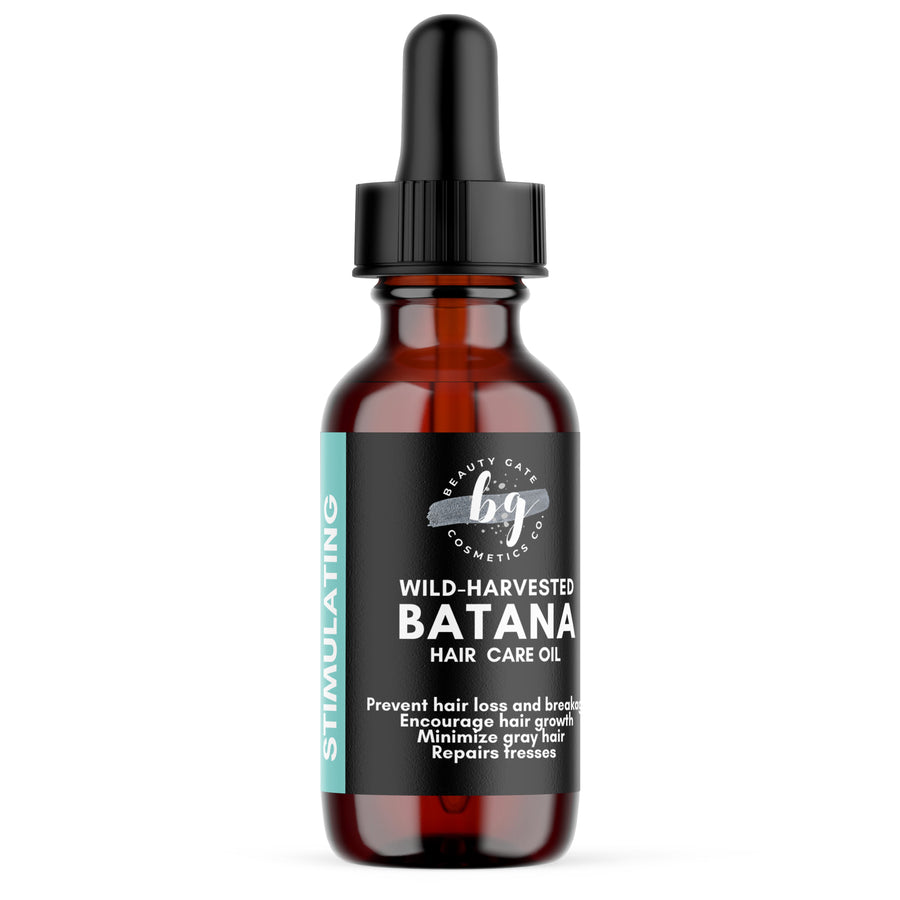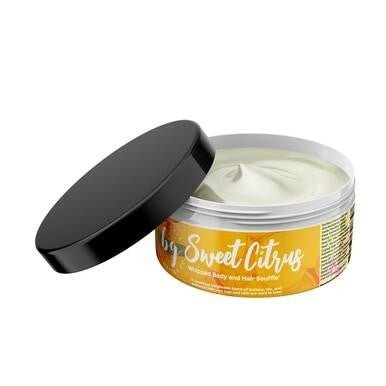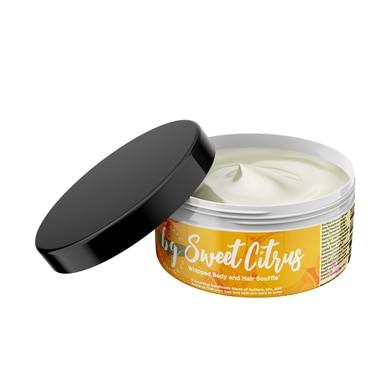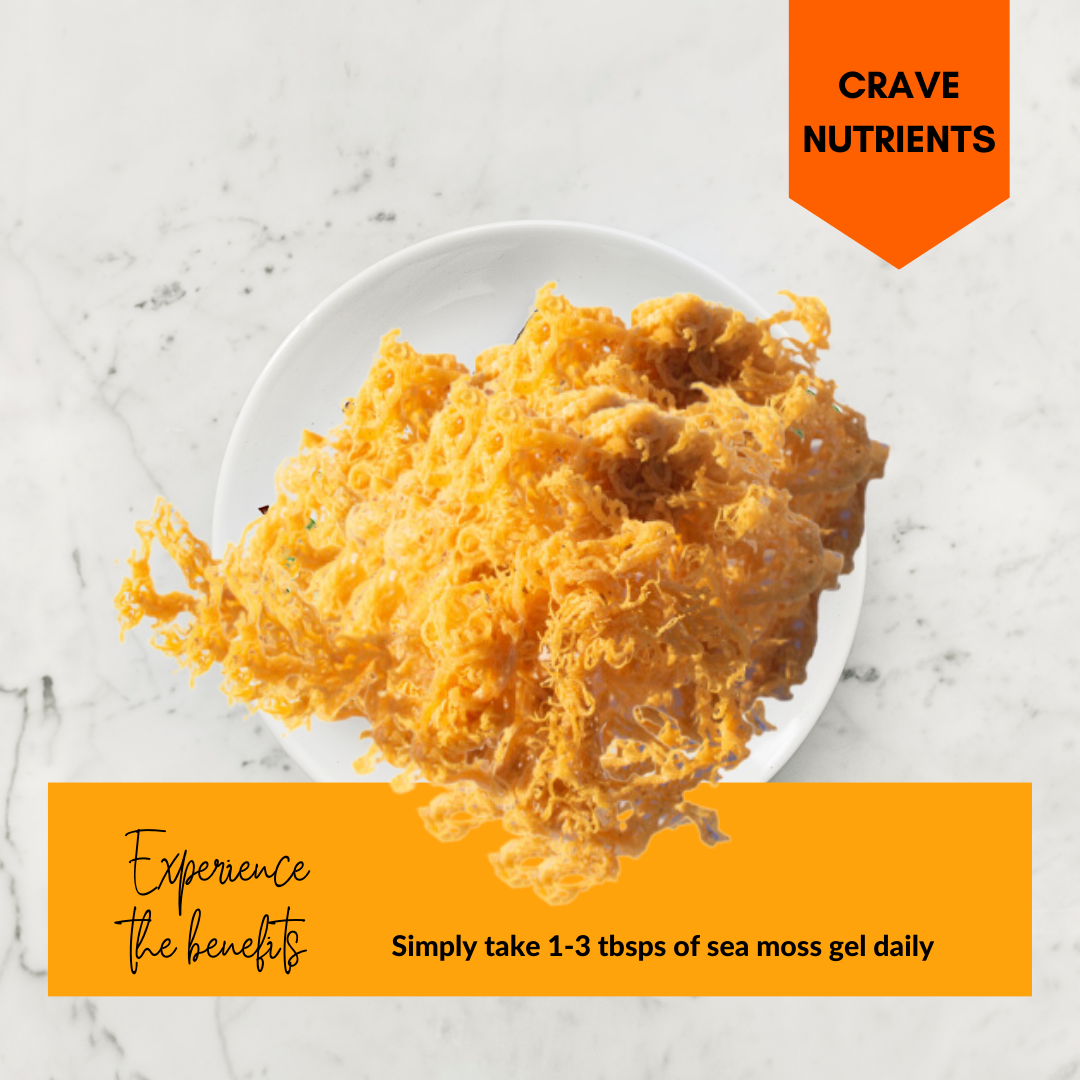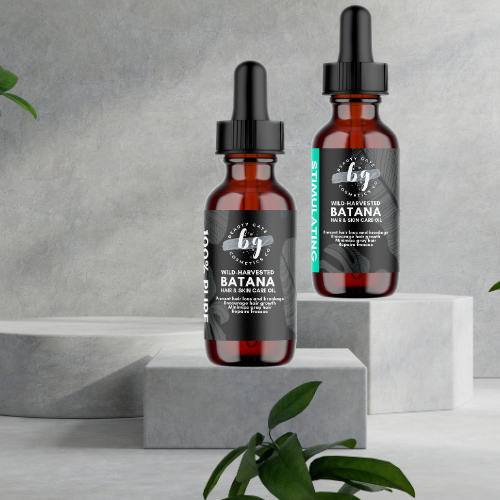Type 4 Hair Care: Everything You Need to Know
Type 4 hair is a curl pattern that ranges from tightly coiled to kinky, and it is known for its distinctive texture and density. People with type 4 hair tend to have very tight curls and a thick, coiled hair texture, and it is more prone to dryness and breakage than other hair types.
Type 4 hair is divided into four subcategories: 4a, 4b, 4c, and 4z. Each subcategory has its own unique characteristics and may require slightly different hair care practices.
- 4a: Type 4a hair has tightly coiled curls that are about the size of a straw. It tends to have a medium hair density and a fine to medium hair texture.
- 4b: Type 4b hair has tight, zig-zag curls that are about the size of a marker. It tends to have a medium to high hair density and a medium hair texture.
- 4c: Type 4c hair has tightly coiled curls that are often indistinguishable from each other. It tends to have a high hair density and a fine to medium hair texture.
- 4z: Type 4z hair is the kinkiest type of type 4 hair and is often very tightly coiled. It tends to have a high hair density and a fine to medium hair texture.
Main Characteristics of Type 4 Hair
Type 4 hair is known for its tightly coiled curls and thick, coiled hair texture. It tends to have a high hair density and is more prone to dryness and breakage than other hair types. Type 4 hair is also more prone to shrinkage, meaning that it may appear shorter when it is styled or wet than when it is dry.
Here are the Main Characteristics of Type 4 Hair:
- Tightly coiled curls: Type 4 hair has tightly coiled curls that range from tightly coiled to kinky.
- Thick, coiled hair texture: Type 4 hair tends to have a thick, coiled hair texture, which means that it is more textured and thicker than other hair types.
- High hair density: Type 4 hair tends to have a high hair density, with a lot of hair strands packed closely together.
- Prone to dryness: Type 4 hair is more prone to dryness than other hair types, and it may require more moisture and hydration to stay healthy.
- Prone to breakage: Type 4 hair is more prone to breakage than other hair types, and it may require more moisture and hydration to stay strong.
- Prone to shrinkage: Type 4 hair is more prone to shrinkage than other hair types, and it may appear shorter when it is styled or wet than when it is dry.
- May require more maintenance: Type 4 hair may require more maintenance than other hair types, as it is more prone to dryness and breakage.
Caring for Type 4 Hair
By following a proper hair care routine, you can help keep your type 4 hair looking healthy and strong. Here is a step-by-step guide to caring for type 4 hair:
- Use a sulfate-free shampoo & conditioner: To avoid stripping the hair of its natural oils, it is important to use a sulfate-free shampoo & conditioner that is formulated specifically for type 4 hair. Look for hair care products that are rich in moisture and hydration, as these will help to nourish and moisturize the hair.
- Deep condition regularly: To help moisturize and hydrate type 4 hair, it is important to deep condition regularly. You can use a store-bought deep conditioner or you can make your own at home using natural ingredients such as avocado, olive oil, and honey.
- Use a leave-in conditioner or oil: To help protect the hair from damage and to add moisture and shine, it is important to use a leave-in conditioner or oil. Buy products that are formulated specifically for type 4 hair and that are free from harsh chemicals.
- Use a wide-tooth comb: To help prevent breakage and tangles, it is important to use a wide-tooth comb when detangling type 4 hair. Start at the ends of the hair & work your way up to the roots to gently remove tangles and knots.
- Avoid frequent use of heat styling tools: To protect the hair from damage, it is important to avoid heat styling tools as much as possible. If you must use heat styling tools, be certain to use a heat protectant product to help protect the hair from damage.
- Wear a satin or silk headscarf to bed: To help reduce frizz and breakage, it is a good idea to wear a satin or silk headscarf to bed. This will help to protect the hair and keep it moisturized while you sleep.
- Trim the ends of your hair regularly: To help prevent split ends and breakage, it is important to trim the ends of your hair regularly. Aim to trim the ends of your hair every 6-8 weeks to keep it healthy and strong.
By following these tips, you can help keep your type 4 hair looking healthy and strong. Remember to be patient with your hair and to be gentle when styling and detangling it, as it is more prone to dryness and breakage than other hair types.
It is also a good idea to experiment with different hair care products and techniques to find what works best for your hair. And don't forget to embrace your natural curls – they are unique and beautiful!
Type 4 hair has its own unique set of advantages and challenges, just like any other hair type. Here are some of the advantages & challenges of type 4 hair:
Advantages of Type 4 Hair:
- Type 4 hair is unique and often has a lot of character. Many people with type 4 hair embrace their natural curls and enjoy the versatility and creativity that comes with styling their hair.
- Type 4 hair is often very textured and thick, which can give it a lot of volume and body.
- Type 4 hair tends to be very resilient and strong, and it can withstand a lot of styling and manipulation.
- Type 4 hair is often very easy to style and can be worn in a variety of styles, from braids and twists to afros and bantu knots.
Potential Challenges of Type 4 Hair:
- Type 4 hair is more prone to experiencing dryness & breakage than other hair types, and it may require more moisture and hydration to stay healthy.
- Type 4 hair is often more prone to shrinkage than other hair types, and it may appear shorter when it is styled or wet than when it is dry.
- Type 4 hair may require more maintenance than other hair types, as it is more prone to dryness and breakage.
- Some people with type 4 hair may struggle to find hair care products that work well with their hair, as it can be more difficult to find products that are specifically formulated for type 4 hair.
Q+A
Q: What is an afro? Are there curls under all of the frizz?
A: Whether or not there are curls under all of the frizz in an afro depends on the individual's hair type. People with type 4 hair, which is known for its tightly coiled curls, may have more defined curls under the frizz in their afro. People with other hair types may not have as defined curls under the frizz in their afro.
Q: Why is it so difficult to keep type 4 hair moisturized for days?
A: There are a few reasons why it can be difficult to keep type 4 hair moisturized for days:
- High porosity: Type 4 hair tends to have a high porosity, which means that it has a tendency to absorb and lose moisture quickly. This can make it difficult to keep the hair moisturized for long periods of time.
- Lack of natural oils: Type 4 hair tends to have a lack of natural oils, which can make it more prone to dryness. This can make it difficult to keep the hair moisturized for long periods of time.
- Tight curl pattern: The tight curl pattern of type 4 hair can make it difficult for the natural oils- sebum produced by the scalp to reach the ends of the hair, leading to dryness.
- Heat and environmental damage: Heat styling and environmental factors such as wind and sun can strip the hair of its moisture, making it more difficult to keep type 4 hair moisturized.
To help keep type 4 hair moisturized for longer periods of time, it is important to use a deep conditioner regularly and to use a leave-in conditioner or oil to help seal in moisture. It is also a good idea to avoid heat styling tools as much as possible and to protect the hair from environmental damage by wearing a hat or scarf when necessary. Using a humidifier in your home can also help to add moisture to the air and keep your hair hydrated.
Q: My type 4 hair tends to thrive when it's braided. Why is this?
A:
- Protection: Braiding the hair can help to protect it from damage, such as breakage and split ends. This can help type 4 hair to thrive and stay healthy.
- Moisture retention: Braiding the hair can help to seal in moisture and keep it hydrated for longer periods of time. This is especially helpful for type 4 hair that tends to be more prone to dryness.
- Style versatility: For example, braiding is a great way to switch up your style and get creative with type 4 hair. There are so many styles to choose from, making it a super versatile option. It can be a fun way to express yourself and your unique style!
- Low maintenance: Braids can be a low-maintenance hairstyle, as they can last for several days or even weeks without needing to be re-done. This can be particularly helpful for people with type 4 hair, which may require more maintenance to stay healthy and hydrated.
Q: Is protective styling the best option for maintaining healthy type 4 hair? If so, please provide a list of various types of safe and effective protective styling techniques.
A: Protective styling can be a great option for maintaining healthy type 4 hair, as it helps to protect the hair from damage and breakage and can also help to retain moisture.
Precaution
Braids are a stylish and practical way to protect your hair, but it's essential to install them correctly to avoid damaging your hair. Using tight or heavy braids can strain the hair and scalp, leading to short-term and long-term damage, and even permanent damage. To safeguard your locks, make sure you're using the right braids for your hair type. It is important to be very careful when applying protective styling techniques and to take breaks from protective styles to give your hair a chance to rest and breathe.
Here are some examples of safe and effective protective styling techniques for type 4 hair:
- Braids: Braids are a classic protective style that can be worn in a variety of beautiful hairstyles, from cornrows to twists. Braids can be a great way to protect the hair from damage and retain moisture.
- Buns: Buns are a simple and easy protective style that can be worn with or without extensions. To protect the hair, be sure to use a silk or satin scarf or hair tie to avoid breakage.
- Bantu knots: Bantu knots are small, coiled buns that are created by twisting small sections of hair around itself. They can be a great protective style for type 4 hair and can be worn with or without extensions.
- Updo hairstyles: Updo hairstyles, such as chignons and French twists, can be a great way to protect the hair while still maintaining a polished and put-together look.
- Twist outs: Twist outs involve twisting small sections of hair around itself and then unraveling the twists to create a defined, curly look. Twist outs can be a great protective style for type 4 hair, as they help to protect the hair from damage and can also help to retain moisture.
- Braid outs: Braid outs involve braiding small sections of hair and then unraveling the braids to create a defined, curly look. Braid outs can be a great protective style for type 4 hair, as they help to protect the hair from damage and can also help to retain moisture.
- Pin curls: Pin curls involve rolling small sections of hair around a hair pin or bobby pin and securing it in place. Pin curls can be a great protective style for type 4 hair, as they help to protect the hair from damage and can also help to retain moisture.
It is important to remember to take breaks from protective styles and to give your hair a chance to rest and breathe. It is also important to be gentle when styling and to use hair care products specifically formulated for type 4 hair to help keep it healthy and hydrated.
Q: Are wash and go's with natural hair gels considered as a protective style?
A: Wash and gos with natural hair gels can provide some protection for the hair, as the natural gel creates a clear layer over the hair that can help to shield it from damage. While wash and gos may not provide as much protection as other protective styles, such as braids or buns, they can still be a good option for protecting the hair.
To get the most protection from a wash and go, it is important to use a natural hair gel that is free from harsh chemicals and that is formulated specifically for type 4 hair. Avoiding heat styling tools and protecting the hair from environmental damage by wearing a hat or scarf when necessary can also help to keep it healthy and strong.
Q: There are a few reasons why type 4 hair may grow slower than other hair types:
- Breakage: Type 4 hair tends to be more prone to breakage than other hair types, which can make it appear to grow slower. Breakage occurs when the hair shaft is damaged or split, and it can make the hair appear shorter.
- Tight curl pattern: The tight curl pattern of type 4 hair can make it more prone to tangles and knots, which can lead to breakage and make the hair appear to grow slower.
- Dryness: Type 4 hair tends to be more prone to dryness than other hair types, which can make it more prone to breakage and split ends. Dry, damaged hair is more prone to breakage and may appear to grow slower.
- Lack of natural oils: Type 4 hair tends to have a lack of natural oils, which can make it more prone to dryness and breakage. This can make the hair appear to grow slower.
Recipes
ACV & Avocado Moisturizing Hair Mask:
Equipment needed:
- Mixing bowl
- Whisk or fork
Ingredients:
- 1 ripe avocado
- 1 tablespoon olive oil
- 1 tablespoon honey
- 1 tablespoon apple cider vinegar
Benefits of ingredients:
- Avocado is a highly rich source of healthy fats, vitamins, and minerals that help to nourish and hydrate the hair.
- Olive oil is a natural moisturizer that helps to hydrate and nourish the hair.
- Honey is a natural humectant that is useful in locking in moisture & keeping the hair hydrated.
- Apple cider vinegar helps to balance the pH of the hair and scalp, which can help to prevent dryness and dandruff.
Instructions:
- Mash the avocado in a mixing bowl using a fork or whisk.
- Add the olive oil, honey, and apple cider vinegar to the mixing bowl and mix well to combine.
- Apply the hair mask to clean, damp hair and massage it into the scalp and hair.
- Cover the hair with a shower or steam cap and let the mask sit for 30-45 minutes.
- Rinse the mask out of the hair with lukewarm water and follow with your regular hair care routine.
Flax + Lavender Hair Gel:
Equipment needed:
- Small saucepan
- Mixing bowl
- Whisk
- Funnel
- Glass jar with lid
Ingredients:
- 2 tablespoons flaxseeds
- 1 cup lavender water
- 1 tablespoon aloe vera gel
- 1 teaspoon honey
Benefits of ingredients:
- Flaxseeds are a natural source of healthy fats, protein, and fiber that can help to nourish and strengthen the hair.
- Water helps to hydrate and moisturize the hair.
- Aloe vera gel is a natural
Instructions:
- In a small saucepan, combine the flaxseeds and water. Bring the temperature up to a boil, then turn the heat down to low.
- Let the mixture simmer for about 15 minutes or until it has thickened and turned into a gel-like consistency.
- Remove the saucepan from the heat & let it cool for a few minutes.
- Transfer the mixture to a mixing bowl and add the aloe vera gel and honey. Mix well to combine.
- Use a funnel to transfer the hair gel to a glass jar with a lid.
- To use the hair gel, apply a small amount to clean, damp hair and style as desired. The hair gel can be stored in the fridge for up to a week.
In summary, to help type 4 hair stay healthy and stronger, it is important to follow a healthy hair care routine that includes using sulfate-free shampoo and conditioner, deep conditioning regularly, and using a leave-in conditioner or oil to help seal in moisture. It is also a good idea to avoid heat styling tools as much as possible and to protect the hair from environmental damage by wearing a hat or scarf when necessary. Using a humidifier in your home can also help to add moisture to the air and keep your hair hydrated.
